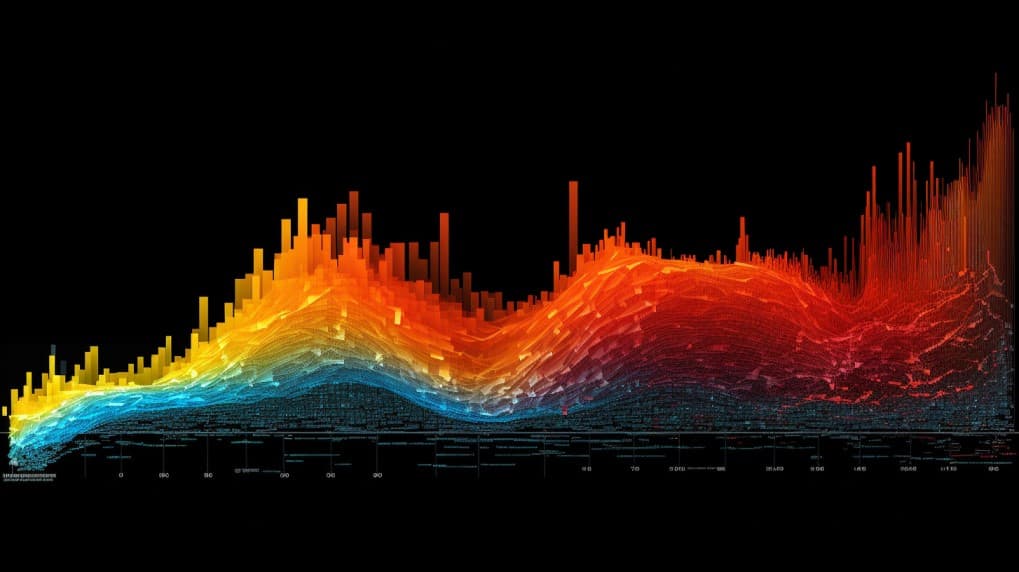
GLL VS PHYS
Exchange-Traded Funds (ETFs) have transformed the way investors access and diversify their portfolios in the world of finance. In this article, we will conduct an extensive comparison between two notable ETFs: GLL (ProShares UltraShort Gold) and PHYS (Sprott Physical Gold Trust). Throughout this analysis, we'll explore various dimensions, including ETF tickers, full names, issuers, sectors, top holdings, capitalization, strategy, tracking, and exposure.
GLL VS PHYS: Overview
GLL and PHYS are distinct ETFs with different investment objectives within the gold market. While GLL aims to provide inverse exposure to the daily performance of gold, PHYS focuses on holding physical gold bullion. These distinct strategies give rise to varying risk and return profiles, and we'll delve into these differences in the following sections.
GLL VS PHYS: Sectors and Top Holdings
The GLL ETF is designed for investors who seek to capitalize on short-term declines in gold prices. As such, it doesn't hold traditional sectors or holdings. On the other hand, PHYS is centered around physical gold, and its primary asset is gold bullion stored in secure vaults. Understanding the sectors and top holdings of these ETFs is crucial for investors aiming to align their investments with their specific goals.
 GLL overlap GLL VS PHYS
GLL overlap GLL VS PHYS
GLL VS PHYS: Capitalization and Strategy
GLL's strategy is based on offering investors amplified inverse exposure to the price movements of gold. Its asset under management (AUM) reflects its popularity among traders who anticipate declines in the gold market. In contrast, PHYS provides direct exposure to the value of physical gold, making it a suitable choice for investors seeking a more tangible approach to gold ownership. The differences in capitalization and strategy underline the importance of understanding an ETF's purpose before investing.
GLL VS PHYS: Tracking and Exposure
GLL tracks the Solactive Gold Front Month MD Rolling Futures Index and aims to provide twice the inverse daily performance of gold prices. This means that if gold prices decline by 1%, GLL is designed to increase by approximately 2%. PHYS, on the other hand, gives investors exposure to the actual price of physical gold bullion. The tracking methods and exposure strategies differ significantly, making it essential for investors to comprehend how these ETFs align with their risk and return preferences.
Conclusion
GLL and PHYS are unique ETFs catering to diverse investment objectives within the gold market. If you're intrigued by the intricate details of holdings, correlations, overlaps, and various insights related to ETFs, ETF Insider is your ultimate companion. This user-friendly app offers valuable information about these financial instruments and more, empowering investors to make informed decisions.
Disclaimer: This article is intended for informational purposes only and does not provide any investment advisory services.
Sources:
ProShares: GLL - ProShares UltraShort Gold
Sprott: PHYS - Sprott Physical Gold Trust
GLL ETF issuer
GLL ETF official page